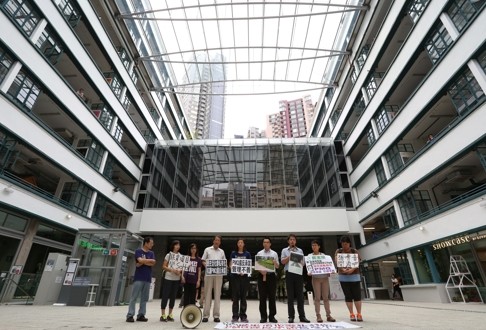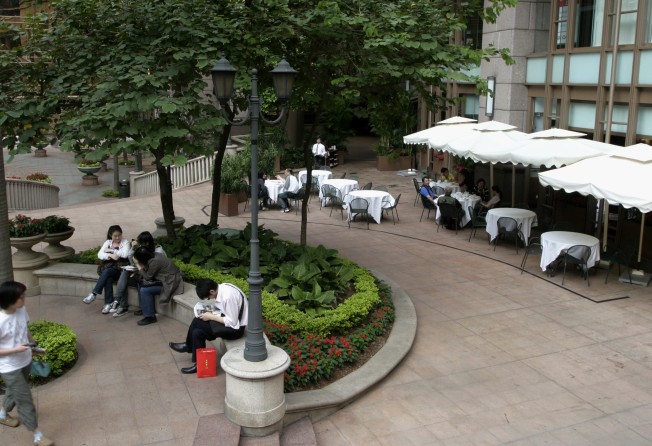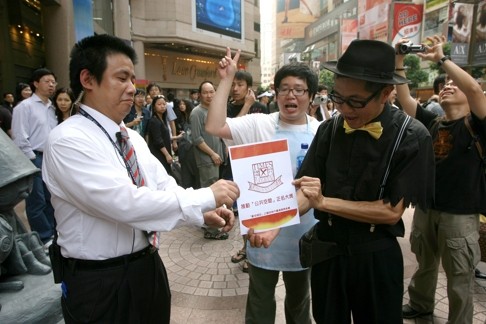
How Hongkongers are being cheated out of vital open space
Carine Lai says the government’s policy which essentially counts private amenities as part of public space is ripe for change, especially as the rich-poor divide is causing increasing social angst

Did you know that, in Hong Kong, open space does not have to be open to the public? The government’s “Planning Standards and Guidelines” requires 2 square metres of open space per person – but it is never called “public open space”. Instead, it is “recreation open space”, and need only be accessible to an “identifiable residential or worker population”. Not only are shopping mall piazzas counted as open space, so are private gardens in large residential developments that are only for residents’ use. Essentially, the government counts private amenities as public goods.
Following disputes over the mismanagement of privately owned public open space such as Times Square, the Development Bureau announced that, barring exceptional circumstances, it would no longer require developers to build public open spaces in private developments. Yet, few realise this might result in less open space for the public. To avoid controversy, the government can ask developers to build completely private open spaces – and still count them towards its two-square-metre standard.

For over 30 years, the government has justified this unfair policy by citing land shortages. The private sector was seen as an important means of providing open space at little cost to government. Public access was not seen as important because it was thought these self-sufficient developments would reduce the burden on government facilities.

It seems an obvious thing to say, but people exist in space, and our physical surroundings have a significant impact on our quality of life, physical and mental health, and social relationships. At a time when income inequality is a serious concern in Hong Kong, we need to re-examine how our urban planning affects socioeconomic disparities. Our open space policy is an excellent place to start.
Carine Lai is project manager of Civic Exchange